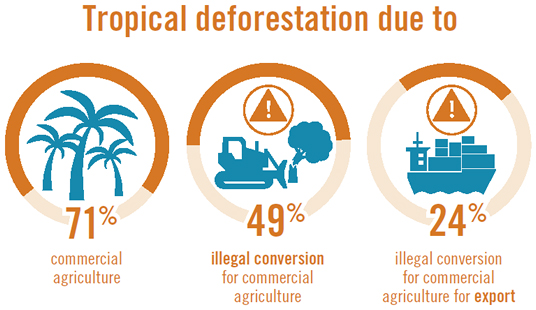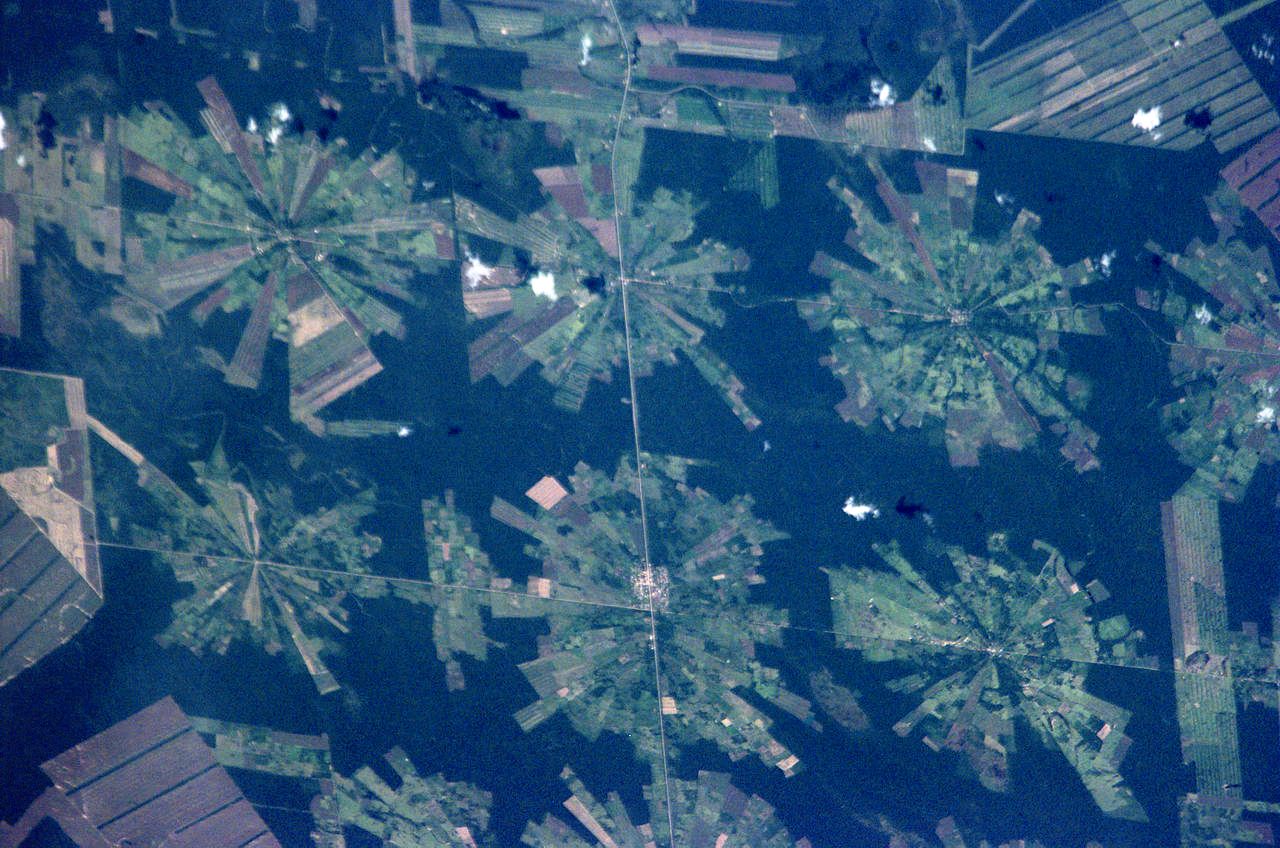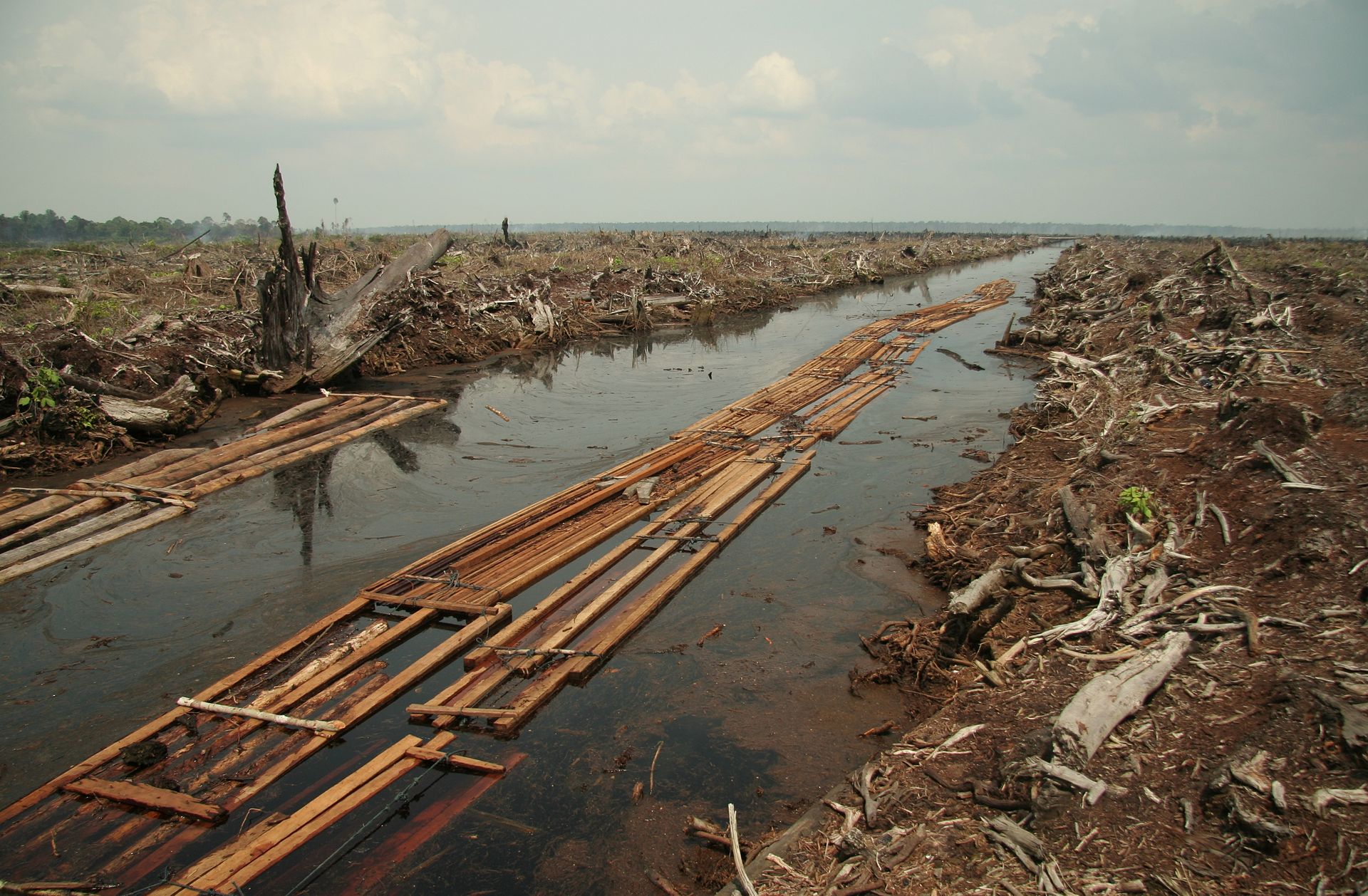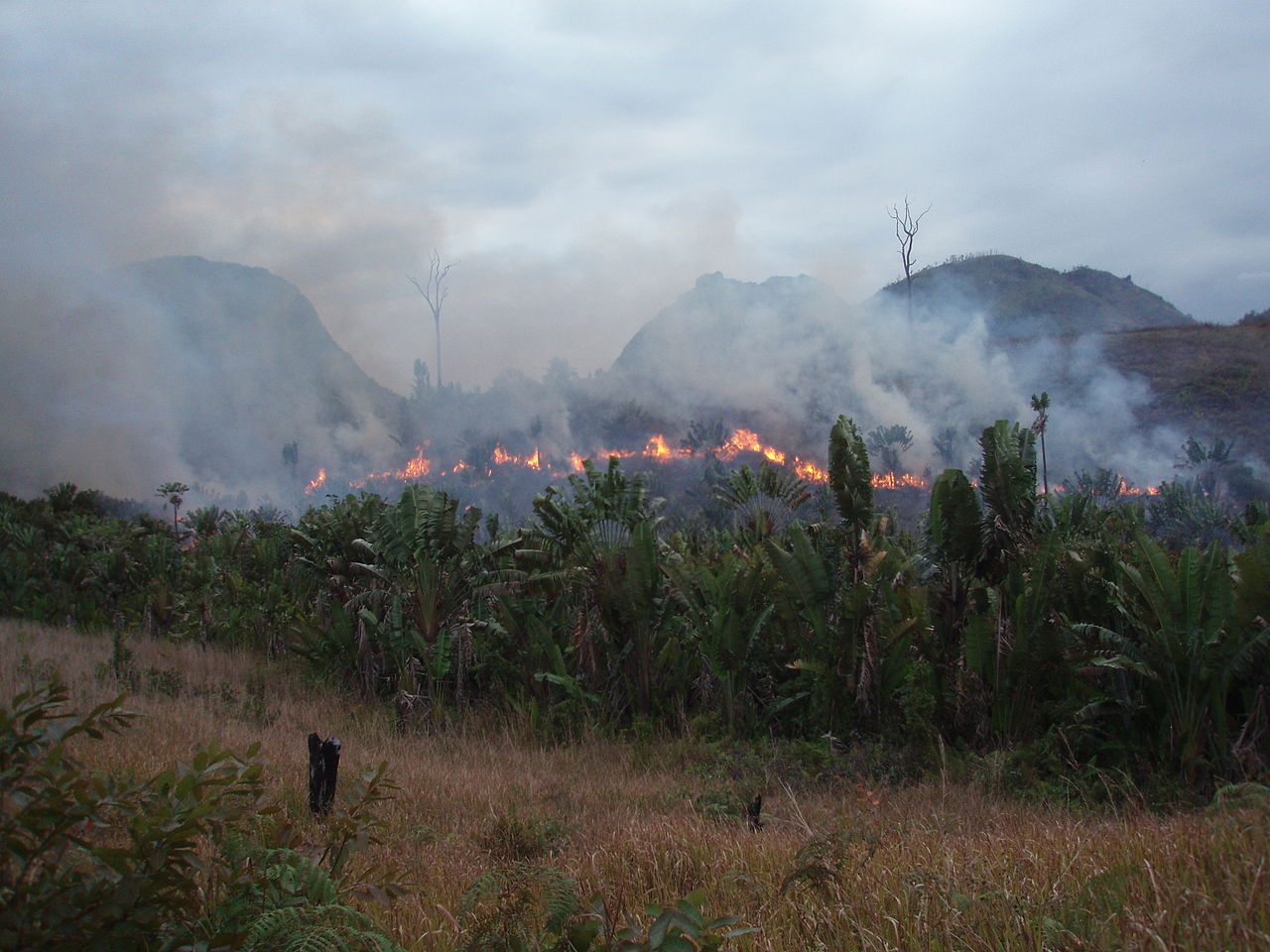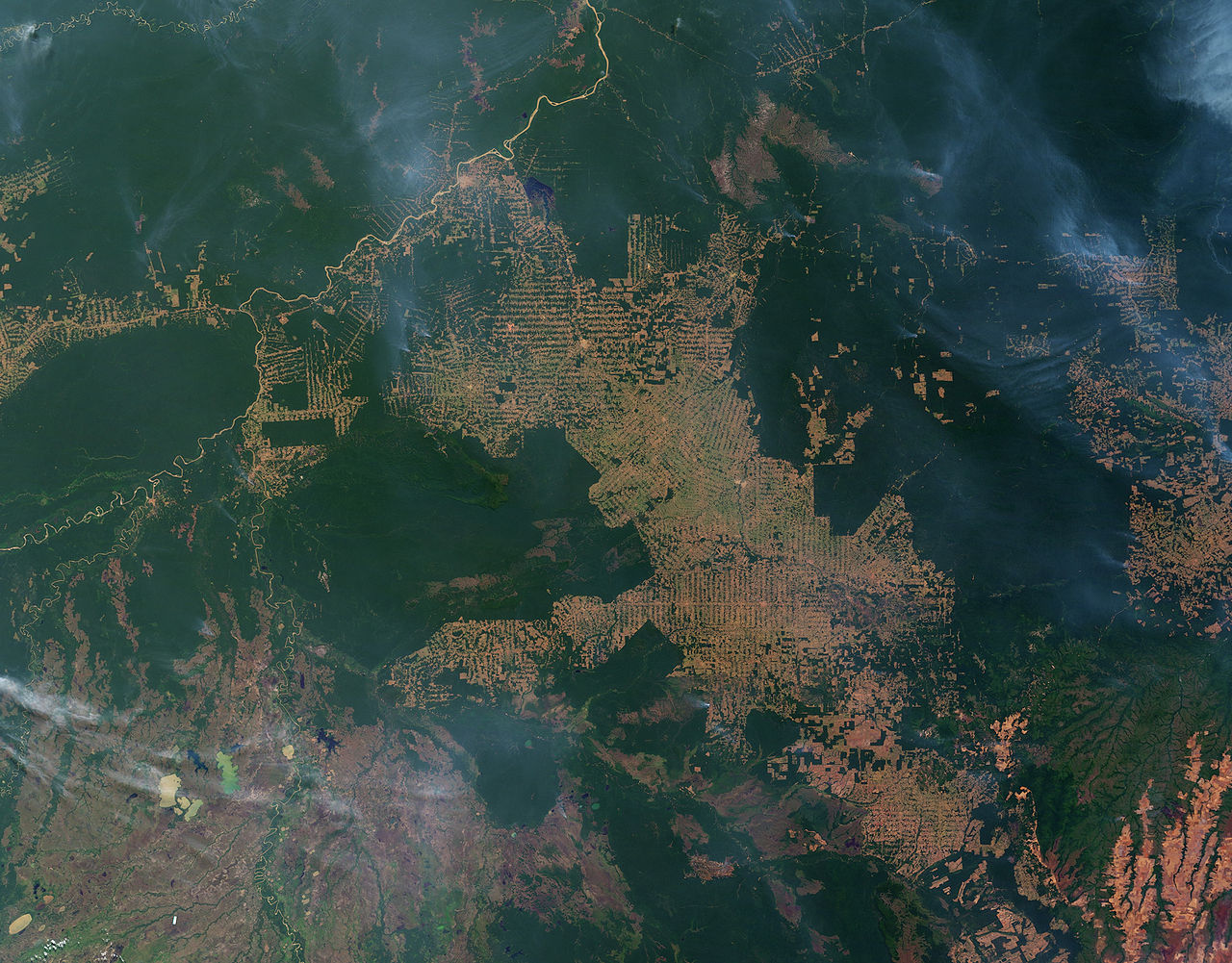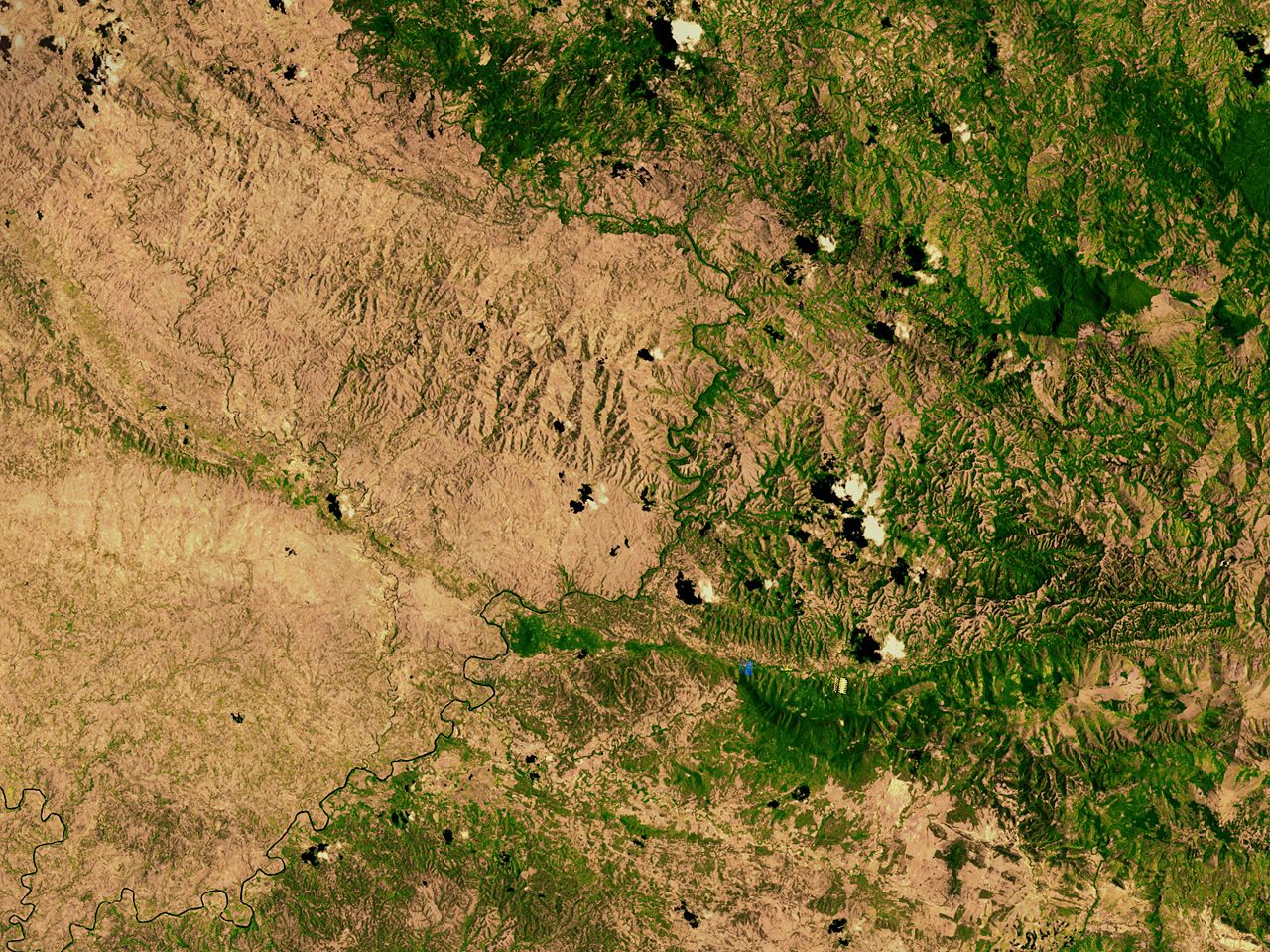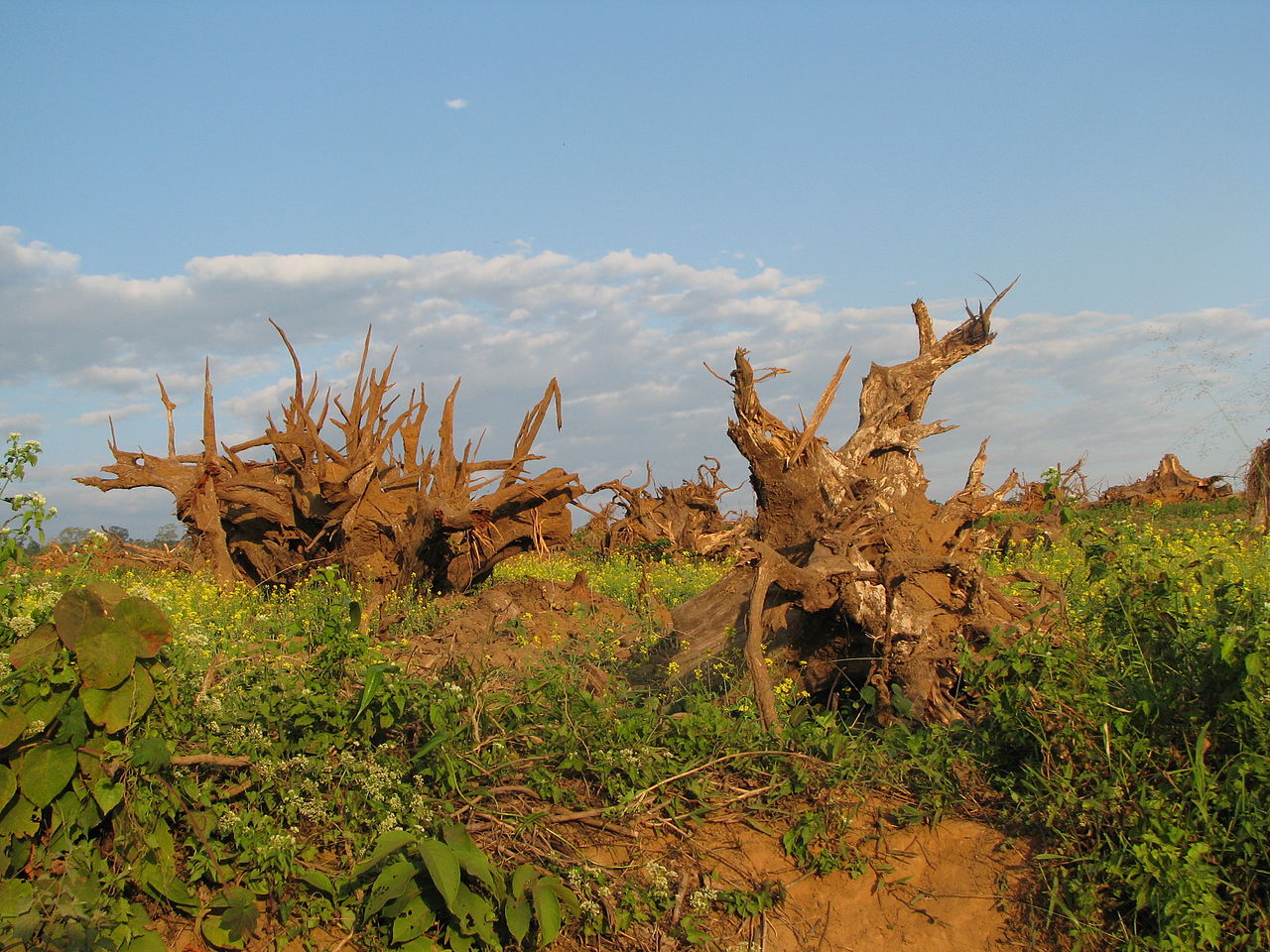The following is a Press Release by Forest Trends: A comprehensive new analysis released today says that nearly half (49%) of all recent tropical deforestation is the result of illegal clearing for commercial agriculture. The study also finds that the majority of this illegal destruction was driven by overseas demand for agricultural commodities, including palm oil, beef, soy, and wood products. In addition to devastating impacts on forest-dependent people and biodiversity, the illegal conversion of tropical forests for commercial agriculture is estimated to produce 1.47 gigatonnes of carbon each year—equivalent to 25% of the EU’s annual fossil fuel-based emissions.
“We’ve known that the production of agricultural commodities is a principal driving force behind deforestation, but this is the first report to show the outsize role that illegal activities play in the production of hundreds of food and household products consumed worldwide,” said Michael Jenkins, President and CEO of Forest Trends, a Washington-based NGO that published the report. “Increased agricultural production will be necessary for food security and to meet the demand of the emerging global middle class. However, the world must also wake up to the scale of how much of this agricultural production is taking place on land that has been illegally cleared. Urgent action is needed to help countries where these agricultural products are being grown, both for governments to enforce their own laws and regulations, and for businesses aiming to produce commodities legally and sustainably.”
According to the study, “Consumer Goods and Deforestation: An Analysis of the Extent and Nature of Illegality in Forest Conversion for Agriculture,” 90% of the deforestation in Brazil from 2000 to 2012 was illegal, primarily due to the failure to conserve a percentage of natural forests in large-scale cattle and soy plantations, as required by Brazilian law. (Much of this occurred prior to 2004, when the Brazilian government took steps to successfully reduce deforestation.) And in the forests of Indonesia, 80% of deforestation was illegal—mostly for large-scale plantations producing palm oil and timber, 75% of which is exported. While other countries also experience high levels of illegal deforestation, Brazil and Indonesia produce the highest level of agricultural commodities destined for global markets, many of which wind up in cosmetics or household goods (palm oil), animal feed (soy), and packaging (wood products).
Illegal deforestation is also rampant in most other countries across Asia, Latin America, and Africa losing large areas of tropical forest. Examples include the following:
- In Papua New Guinea, millions of hectares of forest have been illegally licensed for deforestation in recent years; a recent Parliamentary inquiry in the country found that 90% of these licenses were issued by corrupt or fraudulent means.
- In Tanzania, forests have been illegally razed to make way for jatropha, a plant commonly used to produce biofuels.
- Cambodia, along with neighboring Laos, is experiencing unprecedented growth in commercial agriculture. By the end of 2012, the government handed 2.6 million hectares of land, much of it forested, to large-scale agriculture producers.
- In Bolivia, soy—75% of which is exported—is the main engine behind illegal deforestation in the country’s stretch of Amazon.
In most cases, the companies that illegally razed forests to grow these crops had some form of government permit in hand. However, the report finds that it was also often the case that these permits were corruptly issued or fraudulently obtained; that these companies were missing additional required permits and licenses; or that these companies violated laws when clearing and planting, causing significant negative impacts on the environment and the rights of local people who have lived in these forests for generations and who depend on them for their food and incomes.
“All over the tropics, companies are bribing officials to obtain permits, trampling the legal or customary rights of Indigenous Peoples and other forest-dwelling communities, clearing more forest than they are allowed, and causing pollution and environmental devastation by flouting the law,” said Sam Lawson, the report author. According to the report, the international trade in agricultural commodities (beef, leather, soy, palm oil, and wood products, including paper) produced on land illegally converted from tropical forest is worth an estimated US$61 billion per year. The EU, China, India, Russia, and the US are among the largest buyers of these commodities.
Overall, exports of agricultural commodities produced on land where forests were illegally cleared drove 25% of all tropical deforestation between 2000 and 2012. The study estimates that almost 40% of all palm oil, 20% of all soy, nearly 33% of tropical timber, and 14% of all beef traded internationally comes from land that had been illegally deforested. Nearly one-fifth (17%) of Brazilian beef, 75% of Brazilian soy, and 70-80% of the palm oil and plantation wood and pulp from Indonesia were destined for foreign markets. “Five football fields of tropical forest are being destroyed every minute to supply these export commodities,” said Lawson, noting that the report’s figures were obtained using conservative estimates based on documented violations of significant impact. “There is hardly a product on supermarket shelves that is not potentially tainted,” he added.
While the study highlights Brazil’s recent success in reducing illegal forest clearance, the report also cautions that the problem of illegal deforestation for the production of commodities intended for export is now expanding to new areas of the tropics where deforestation rates have traditionally been low – and that the same illegalities seen elsewhere are being repeated. In the Congo Basin, for instance, two out of the three largest new oil palm projects currently under development have been found to be operating illegally; one of these plantations, in the Republic of Congo, is set to double that country’s deforestation rate.
The report documents governance failures that undermine broader efforts to tackle tropical deforestation, including private sector initiatives on sustainable commodities and efforts by tropical forested countries to reduce legal deforestation. It argues that while the recent spate of “zero deforestation” commitments by major consumer goods companies involved in producing, trading, or consuming relevant commodities is to be applauded, illegalities relating to consumer agriculture and timber plantations can ultimately only be fully addressed by governments, and efforts to go further than legality will be held back by the need to compete with products that were illegally produced.
“Without investing in governance, our collective investments in halting deforestation and promoting forest stewardship will fail,” concluded Jenkins. “Responsible companies and environmental and human rights groups are likely to be supportive of processes to reform the complex, conflicting, and unclear laws and regulations that currently govern the forest and agricultural sectors. This is a critical step, alongside improving the enforcement and compliance of national and international laws. All must be prioritized if global commitments to stop tropical deforestation are going to be achieved.”
The report includes a range of recommendations for countries that both produce and import agricultural commodities, as well as corporations and investors in the commodity trade. The report advises producer countries, for example, to simplify and harmonize contradictory laws and regulations, including those pertaining to land use and securing tenure for Indigenous Peoples and other local communities to reduce conflicts. It asserts that governments should enforce these laws and hold companies investing in these countries accountable. Another set of recommendations call for actions by the governments of countries that import the commodities concerned.
The report notes that important lessons can be learned from previous successful initiatives to combat the trade in illegally sourced timber. Producer countries – particularly those developing trade agreements with the EU (FLEGT VPAs) – are clarifying regulatory frameworks that improve their ability to demonstrate the legality of wood products to their citizens. Consumer countries are instituting measures that have been shown to support the enforcement of producer countries’ own laws and regulations, including the development of importing trade legislation (such as the EU Timber Regulation), public procurement policies, and investment standards. However, there has been limited analysis to date on how similar mechanisms for agricultural commodities could leverage credible legal compliance, support sustainable land use policies, and increase transparency.
“The current unfettered access to international markets for commodities from illegally cleared land is undermining the efforts of tropical countries to enforce their own laws” concluded Lawson. “Consumer countries have a responsibility to help halt this trade.”


